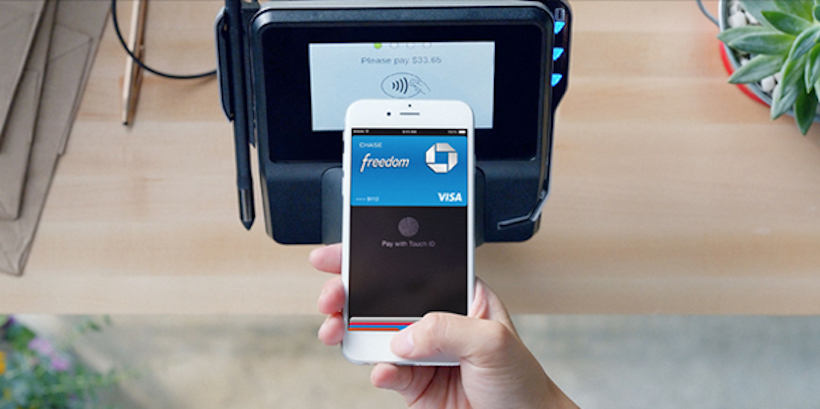On Apple’s Dec-18 earnings call, we were given several incremental data points on the usage of Apple Pay. It may seem like an insignificant piece of the ecosystem, as it only represents a fraction of a percent of overall revenue, but it serves as a great example of what you can build with integrated hardware/software and a reputation of protecting user privacy. Apple Pay adoption continues to climb (launched in 2014), but more importantly, it represents another sticky feature that makes users more likely to remain loyal to Apple products.
Loup Ventures’ Apple Pay Adoption Estimates
- The iPhone installed base, on which we were given a rare update, now stands at 900M devices.
- We estimate, based on our survey work as well as the growth in transactions, countries, locations, and banks, that 43% of global iPhone users have enabled Apple Pay. This is up from 36% in Sep-18 and 20% in Dec-17. That implies there are currently 383M Apple Pay users, up 21% sequentially and 135% y/y. We believe this growth is fueled in part by the launch of peer to peer payments in Jan-18.
- We also estimate, based on the number of active countries and number of use cases within those markets, that 12% of Apple Pay users are in the US, and 88% of users are international. For reference, we believe 21% of active iPhones are in the US.
- That means that utilization of Apple Pay in the US is lower than other countries. One factor is greater acceptance on public transportation in China, Japan, UK, and Russia. We estimate that 24% of US iPhone users have used Apple Pay vs. 47% of international users.
- Tim Cook also mentioned that transactions topped 1.8B during the Dec-18 quarter, more than doubling the volume a year ago. This is a step down from 300% y/y growth in Sep-18. While a decline in growth rate, it still represents an impressive ramp in usage.
- Three new countries were added during the Dec-18 quarter (Germany, Belgium, and Kazakstan), bringing yearly additions to seven and total countries to 27.
The Bigger Story: Privacy
Although we believe just under half (43%) of global iPhone owners use Apple Pay, that number will continue to grow as more retailers, universities, municipalities, and public transportation systems enable contactless payments and people begin to think of their phone as their wallet. While Apple Pay likely won’t have a measurable impact on Services revenue growth, the model, enabled by Apple’s treatment of user privacy, lays the groundwork for handling other sensitive data and bringing ease of use to areas like healthcare. Last week, Apple signed a deal with the Department of Veterans Affairs to bring health records to iPhones. We expect similar features and relationships to continue to develop in the near future.
Disclaimer: We actively write about the themes in which we invest or may invest: virtual reality, augmented reality, artificial intelligence, and robotics. From time to time, we may write about companies that are in our portfolio. As managers of the portfolio, we may earn carried interest, management fees or other compensation from such portfolio. Content on this site including opinions on specific themes in technology, market estimates, and estimates and commentary regarding publicly traded or private companies is not intended for use in making any investment decisions and provided solely for informational purposes. We hold no obligation to update any of our projections and the content on this site should not be relied upon. We express no warranties about any estimates or opinions we make.
